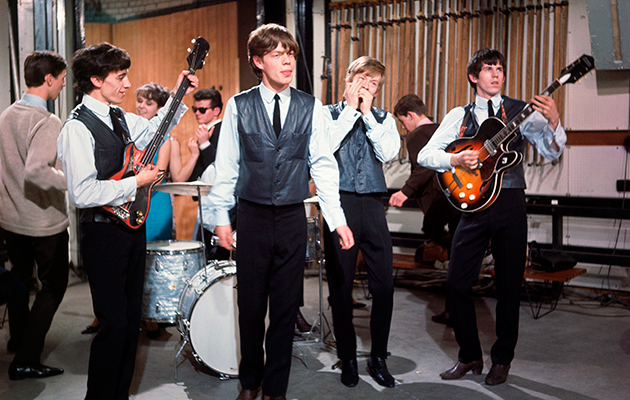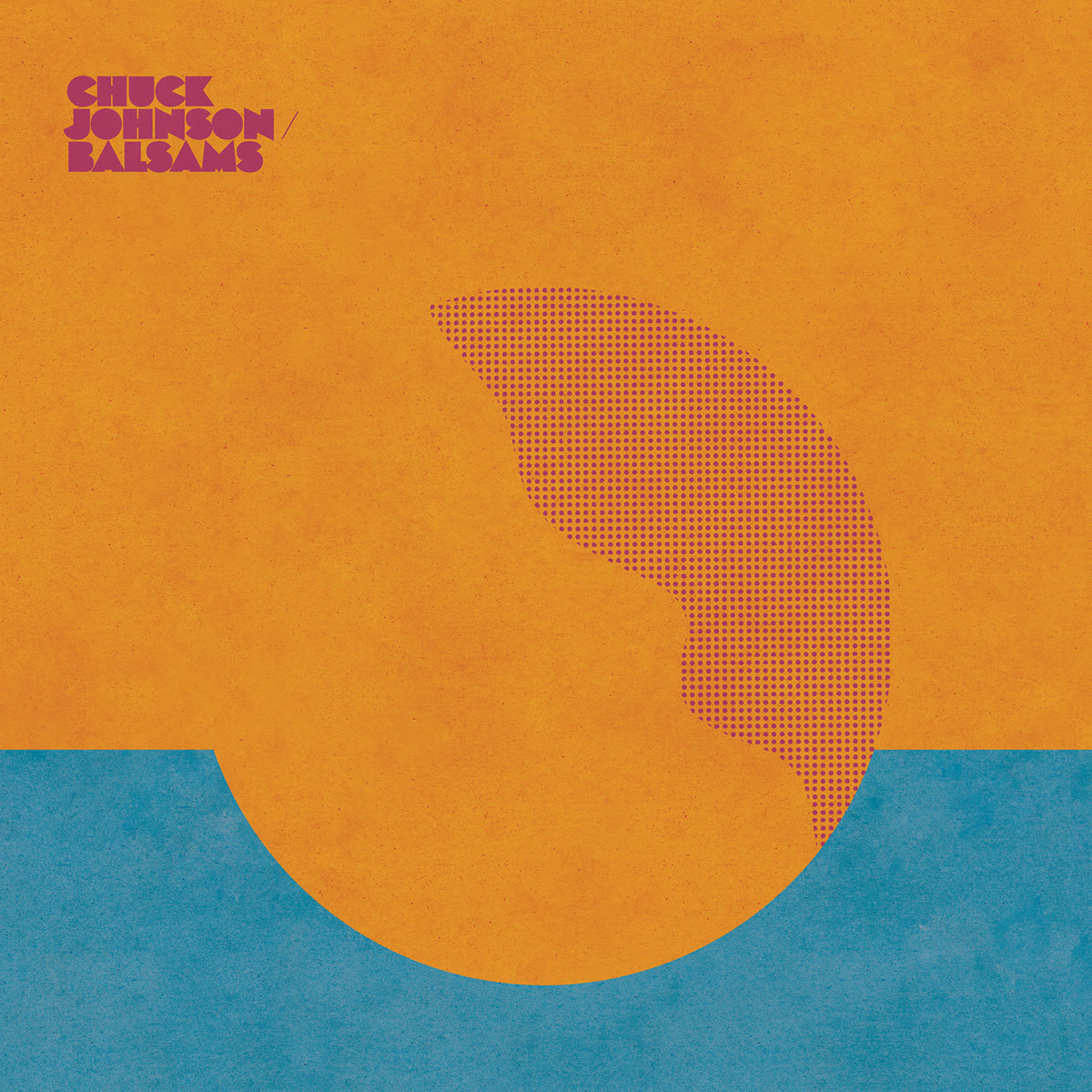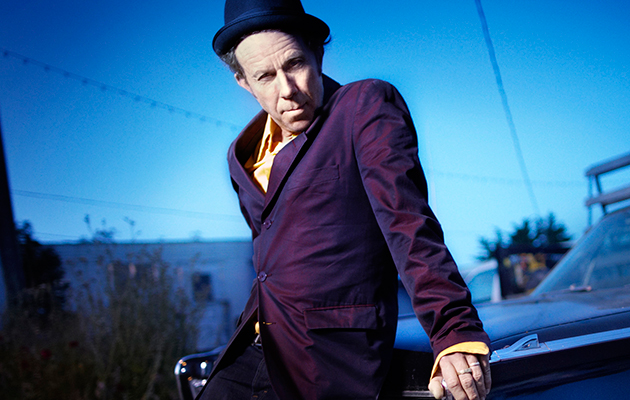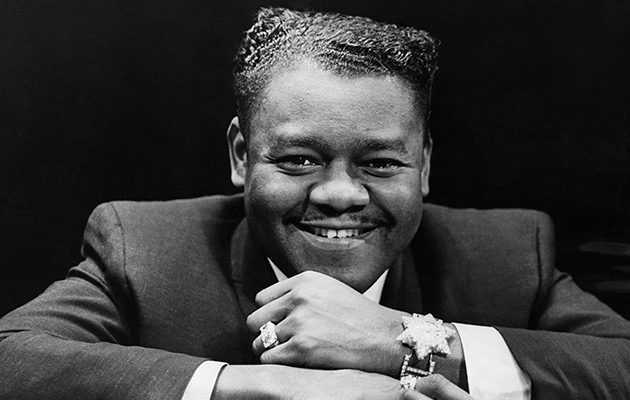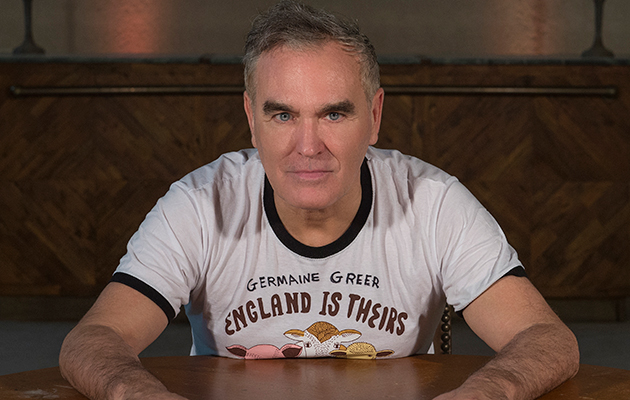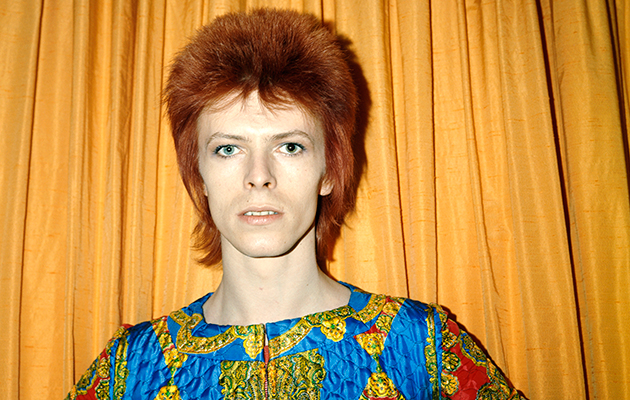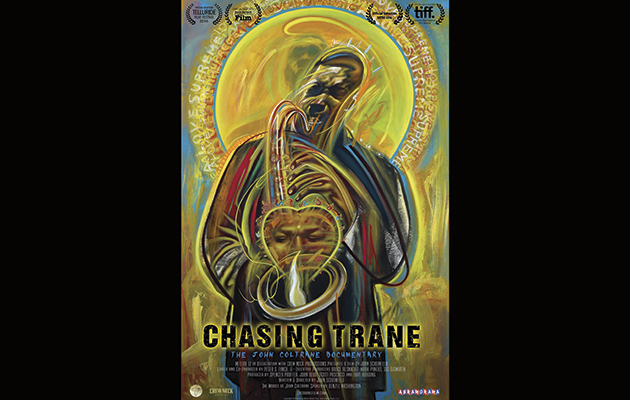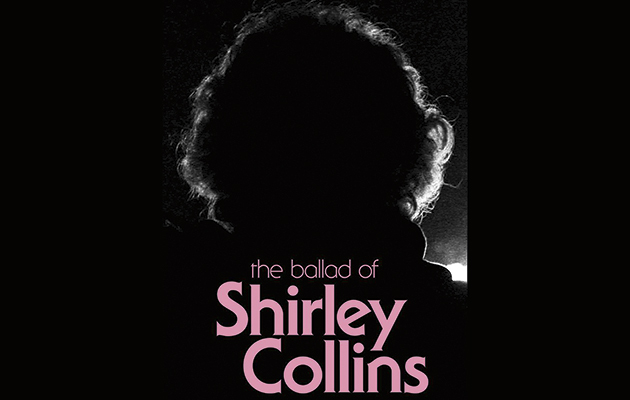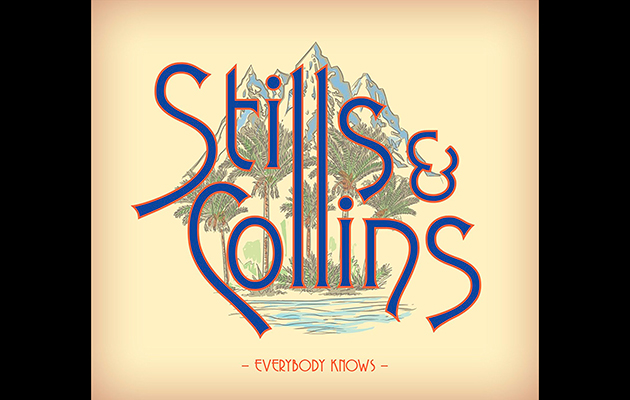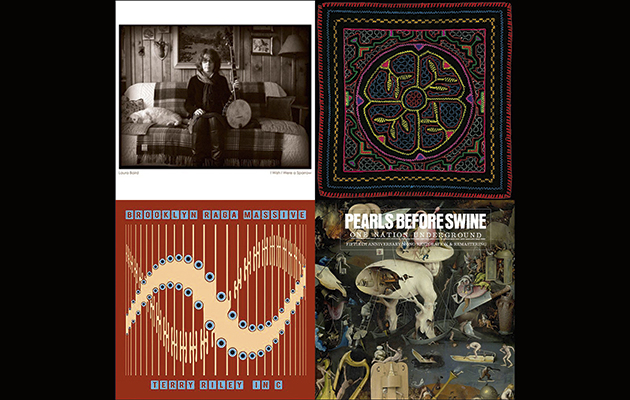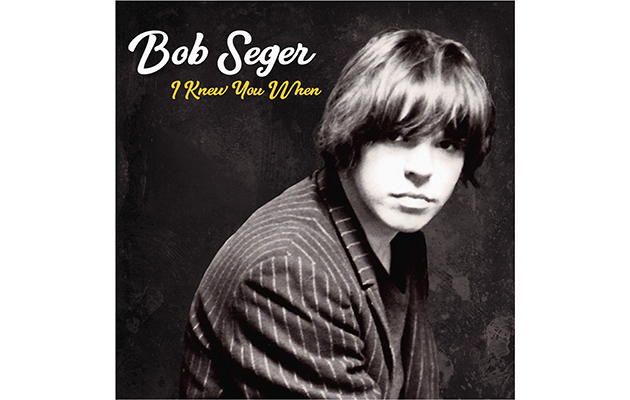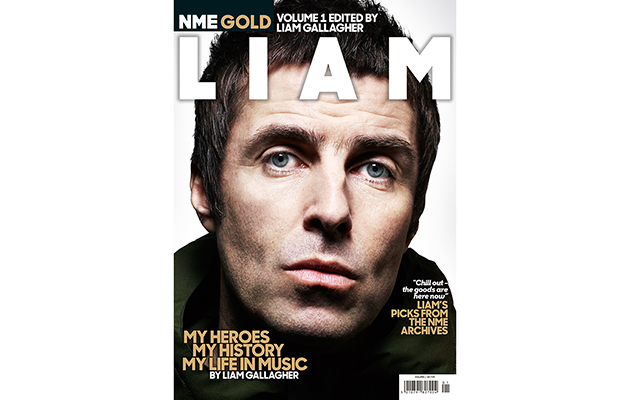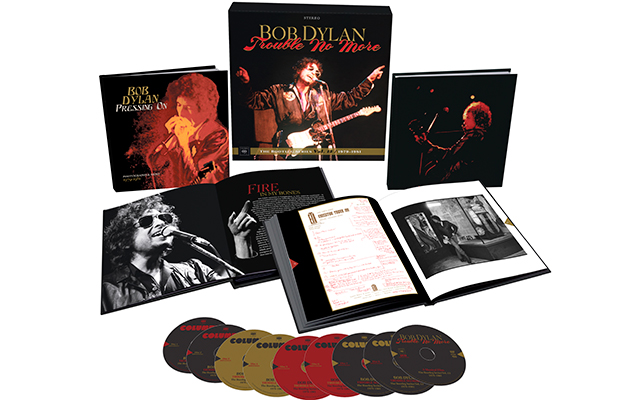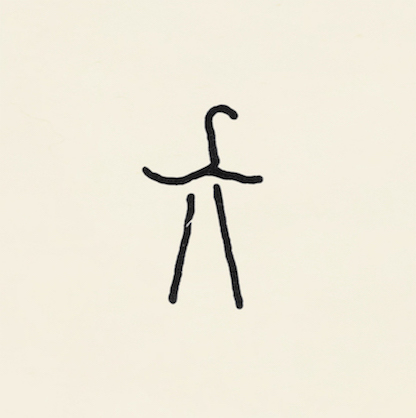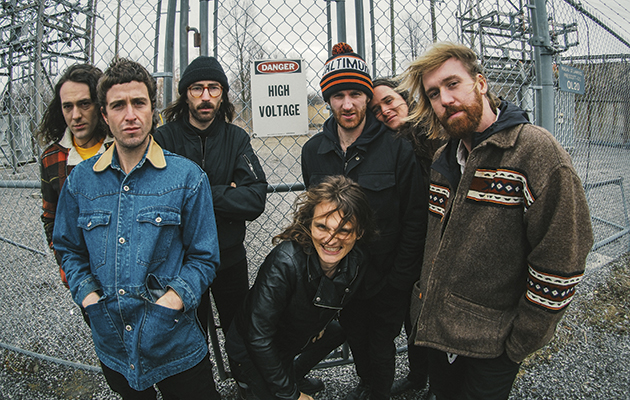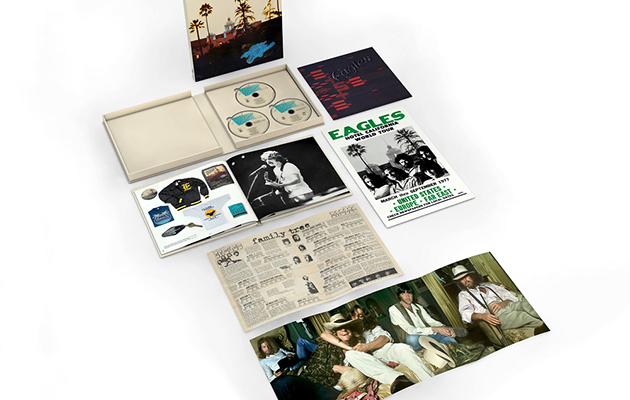The next instalment of Bob Dylan‘s ongoing Bootleg Series hits the shelves on November 3.
Trouble No More – The Bootleg Series Vol. 13 / 1979-1981 focusses on Dylan’s so-called ‘Gospel years’.
Uncut has covered this period before – in a mammoth, two-part exploration of Dylan’s Eighties. You can read part one by clicking here and part two by clicking here.
As a taster for this latest, tantalising dip into Dylan’s archives, we’re delighted to bring you a world exclusive – scroll down to hear a previously unreleased version of “Solid Rock” from Dylan’s 1980 album, Saved.
This version was recorded live at London’s Earl’s Court on June 27, 1981.
This track is available on the 9 disc (8CD/1DVD) box set that contains 100 previously unreleased live and studio recordings including 14 unreleased songs. The set also includes Trouble No More: A Musical Film, a new feature-length film incorporating never-before-seen footage from Dylan’s 1980 tours.
The set will also be available in 2CD and four-LP configurations featuring the first two discs from the deluxe box.
The tracklisting for the deluxe edition is:
Disc 1: Live
Slow Train (Nov. 16, 1979)
Gotta Serve Somebody (Nov. 15, 1979)
I Believe in You (May 16, 1980)
When You Gonna Wake Up? (July 9, 1981)
When He Returns (Dec. 5, 1979)
Man Gave Names to All the Animals (Jan. 16, 1980)
Precious Angel (Nov. 16, 1979)
Covenant Woman (Nov. 20, 1979)
Gonna Change My Way of Thinking (Jan. 31, 1980)
Do Right to Me Baby (Do Unto Others) (Jan. 28, 1980)
Solid Rock (Nov. 27, 1979)
What Can I Do for You? (Nov. 27, 1979)
Saved (Jan. 12, 1980)
In the Garden (Jan. 27, 1980)
Disc 2: Live
Slow Train (June 29, 1981)
Ain’t Gonna Go to Hell for Anybody (Unreleased song – Apr. 24, 1980)
Gotta Serve Somebody (July 15, 1981)
Ain’t No Man Righteous, No Not One (Unreleased song – Nov. 16, 1979)
Saving Grace (Nov. 6, 1979)
Blessed Is the Name (Unreleased song – Nov. 20, 1979)
Solid Rock (Oct. 23, 1981)
Are You Ready? (Apr. 30, 1980)
Pressing On (Nov. 6, 1979)
Shot of Love (July 25, 1981)
Dead Man, Dead Man (June 21, 1981)
Watered-Down Love (June 12, 1981)
In the Summertime (Oct. 21, 1981)
The Groom’s Still Waiting at the Altar (Nov. 13, 1980)
Caribbean Wind (Nov. 12, 1980)
Every Grain of Sand (Nov. 21, 1981)
Disc 3: Rare and Unreleased
Slow Train (Soundcheck – Oct. 5, 1978)
Do Right to Me Baby (Do Unto Others) (Soundcheck – Dec. 7, 1978)
Help Me Understand (Unreleased song – Oct. 5, 1978)
Gonna Change My Way of Thinking (Rehearsal – Oct. 2, 1979)
Gotta Serve Somebody (Outtake – May 4, 1979)
When He Returns (Outtake – May 4, 1979)
Ain’t No Man Righteous, No Not One (Unreleased song – May 1, 1979)
Trouble in Mind (Outtake – April 30, 1979)
Ye Shall Be Changed (Outtake – May 2, 1979)
Covenant Woman (Outtake –February 11, 1980)
Stand by Faith (Unreleased song – Sept. 26, 1979)
I Will Love Him (Unreleased song – Apr. 19, 1980)
Jesus Is the One (Unreleased song – Jul. 17, 1981)
City of Gold (Unreleased song – Nov. 22, 1980)
Thief on the Cross (Unreleased song – Nov. 10, 1981)
Pressing On (Outtake – Feb. 13, 1980)
Disc 4: Rare and Unreleased
Slow Train (Rehearsal – Oct. 2, 1979)
Gotta Serve Somebody (Rehearsal – Oct. 9, 1979)
Making a Liar Out of Me (Unreleased song – Sept. 26, 1980)
Yonder Comes Sin (Unreleased song – Oct. 1, 1980)
Radio Spot January 1980, Portland, OR show
Cover Down, Pray Through (Unreleased song – May 1, 1980)
Rise Again (Unreleased song – Oct. 16, 1980)
Ain’t Gonna Go to Hell for Anybody (Unreleased song – Dec. 2, 1980)
The Groom’s Still Waiting at the Altar (Outtake – May 1, 1981)
Caribbean Wind (Rehearsal – Sept. 23, 1980)
You Changed My Life (Outtake – April 23, 1981)
Shot of Love (Outtake – March 25, 1981)
Watered-Down Love (Outtake – May 15, 1981)
Dead Man, Dead Man (Outtake – April 24, 1981)
Every Grain of Sand (Rehearsal – Sept. 26, 1980)
Disc 5 – Live in Toronto 1980
Gotta Serve Somebody (April 18, 1980)
I Believe In You (April 18, 1980)
Covenant Woman (April 19, 1980)
When You Gonna Wake Up? (April 18, 1980)
When He Returns (April 20, 1980)
Ain’t Gonna Go To Hell For Anybody (Unreleased song – April 18, 1980)
Cover Down, Pray Through (Unreleased song – April 19, 1980)
Man Gave Names To All The Animals (April 19, 1980)
Precious Angel (April 19, 1980)
Disc 6 – Live in Toronto 1980
Slow Train (April 18, 1980)
Do Right To Me Baby (Do Unto Others) (April 20, 1980)
Solid Rock (April 20, 1980)
Saving Grace (April 18, 1980)
What Can I Do For You? (April 19, 1980)
In The Garden (April 20, 1980)
Band Introductions (April 19, 1980)
Are You Ready? (April 19, 1980)
Pressing On (April 18, 1980)
Disc 7 – Live in Earl’s Court, London – June 27, 1981
Gotta Serve Somebody
I Believe In You
Like A Rolling Stone
Man Gave Names To All The Animals
Maggie’s Farm
I Don’t Believe You
Dead Man, Dead Man
Girl From The North Country
Ballad Of A Thin Man
Disc 8 – Live in Earl’s Court – London – June 27, 1981
Slow Train
Let’s Begin
Lenny Bruce
Mr. Tambourine Man
Solid Rock
Just Like A Woman
Watered-Down Love
Forever Young
When You Gonna Wake Up
In The Garden
Band Introductions
Blowin’ In The Wind
It’s All Over Now, Baby Blue
Knockin’ On Heaven’s Door
Disc 9: Bonus DVD
Trouble No More – A Musical Film
DVD EXTRAS:
Shot of Love
Cover Down, Pray Through
Jesus Met the Woman at the Well (Alternate version)
Ain’t Gonna Go to Hell for Anybody (Complete version)
Precious Angel (Complete version)
Slow Train (Complete version)
The December 2017 issue of Uncut is now on sale in the UK – with Robert Plant on the cover. Plant and his band have also compiled our free CD, which includes tracks by Bert Jansch, Daniel Lanois, Patty Griffin, Thee Oh Sees and more. Elsewhere in the issue, we remember Tom Petty and there are new interviews with REM, Charlotte Gainsbourg, Bootsy Collins, King Gizzard & The Lizard Wizard and Ronnie Spector. We review Morrissey, Sharon Jones, Mavis Staples, Hüsker Dü, Tim Buckley and Talk Talk and much more.


